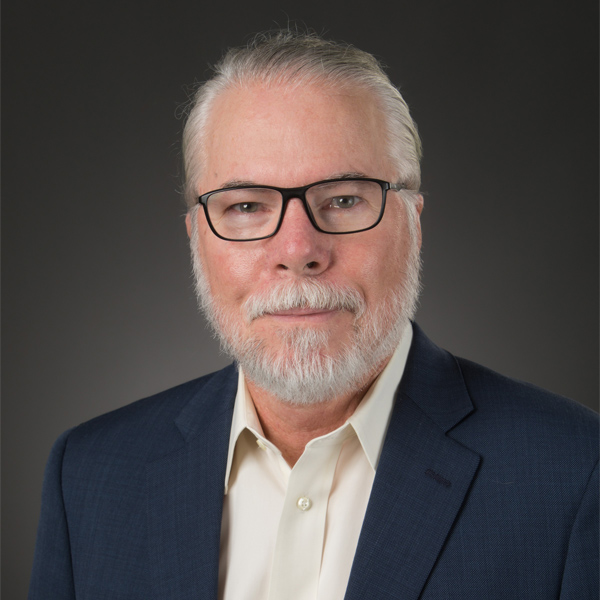PJM will pay $140,000 to ReliabilityFirst as part of a settlement for violations of NERC reliability standards at several facilities — including two nuclear plants, FERC ruled on Thursday (NP23-13).
NERC submitted the penalties Feb. 28 in its monthly Spreadsheet Notice of Penalty. The commission said it would not review the settlement further, leaving the penalty intact. It also approved a further notice of penalty for violations of NERC’s Critical Infrastructure Protection (CIP) standards, although details about this settlement including the entities involved and the location were not disclosed in accordance with NERC and FERC’s policy on CIP standard violations (NP23-12).
Nuclear Limits Neglected
PJM’s settlement stems from violations of two standards: NUC-001-3 (Nuclear plant interface coordination) and TOP-001-4 (Transmission operations). The RTO self-reported the first infringement in its capacity as transmission operator (TOP), balancing authority and reliability coordinator, and the second as a TOP alone.
Requirement R4 of NUC-001-3 mandates that TOPs incorporate nuclear plant interface requirements (NPIR) — a set of requirements based on nuclear licensing requirements that are mutually agreed on by the nuclear generator operator and applicable transmission entities — into their operating analyses of the electric grid. The same standard requires a TOP to operate the electric system to meet the NPIRs and inform a nuclear plant operator when it has lost the ability to assess the operation of the electric system.
PJM failed to incorporate the NPIRs into its operating analysis while building its fall 2019 energy management system (EMS) model, when a software flaw corrupted the NPIR voltage drop limit tables for the Dresden and Quad Cities nuclear plants in Illinois. No other nuclear stations in the region were affected.
The RTO implemented the fall model build into the EMS on Sept 24, 2019; the incorrect limits were discovered on Nov. 27, at which point PJM manually adjust the EMS to replace the limits. At this point RF assessed the violation as over.
RF noted that PJM’s post-contingency analysis was still solving for the duration of the noncompliance and the entity voltage drop limits were still valid, apart from the NPIR limits. PJM used historical data to rerun the post-contingency voltage drop analysis after the fact with valid NPIR limits, confirming that there were no limit exceedances throughout the noncompliance.
RF determined the root cause of the violation to be a lack of adequate process or internal control to ensure the NPIR voltage drop limits were correct. The regional entity said the violation posed a moderate risk to grid reliability, observing that a lack of awareness into whether NPIRs are being met can leave operators without adequate transparency into plant stability. On the other hand, RF acknowledged that even with the faulty NPIR information the operating analyses still solved, and providing “some visibility” was better than nothing.
To mitigate the violation, PJM added additional peer checking into the model build process along with “verifying valid NPIR voltage drop limits,” and updated the EMS code to identify corrupt data during the model build process.
FirstEnergy Violation Leads to PJM Infringement
PJM’s violation of TOP-001-4 stems from requirement R18, which requires TOPs to “operate to the most limiting parameter where there is a difference in SOLs [system operating limits].”
The infringement began on Nov. 1, 2019, when maintenance on the Keystone-South Bend line caused flow to be isolated to a single breaker. With only a single terminal breaker in service, the breaker rating “became more limiting than that of the associated line.”
While the transmission owner (TO), FirstEnergy Utilities, had modeled this scenario in its EMS, PJM had not because the TO had not communicated to the RTO that the maintenance had caused the breaker’s “abnormal configuration ratings”— a violation in its own right that RF addressed last year in a separate settlement. (See FirstEnergy to Pay $700K Penalty to ReliabilityFirst.)
While FirstEnergy did call PJM the same day to inform it of the ratings issues, the RTO did not immediately update the breaker rating in EMS. Instead, it spent three days attempting to “assess the discrepancy” with FirstEnergy before finally updating the rating on Nov. 4, ending the violation.
RF said the root cause of the infringement was a lack of adequate process or effective mechanism for changing ratings on breakers. PJM had no ability to manually change the breaker’s rating directly, and staff did not realize that they could address the situation by reducing the rating on the affected line. On the other hand, RF said the violation did not pose a serious or substantial risk to grid reliability because PJM had other means of addressing a potential overload.
PJM’s mitigation measures included verifying and validating all flow circuit breakers within FirstEnergy’s territory and reviewing its manual to ensure TO responsibilities for updating flow breakers are clearly outlined. It also conducted training with its own staff and those of associated TOs to ensure they understand the risks of noncompliance.



